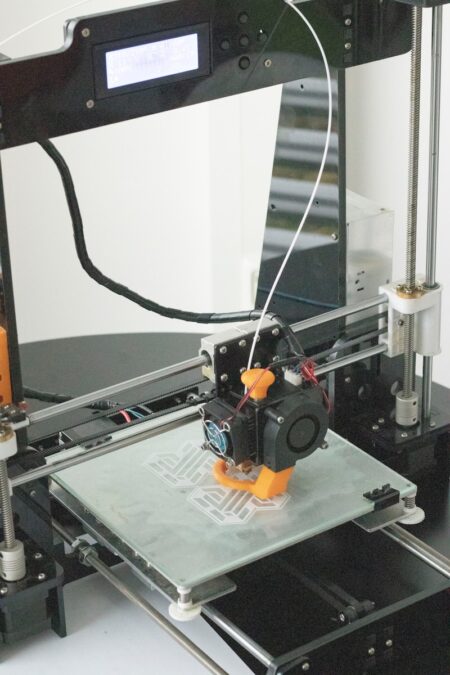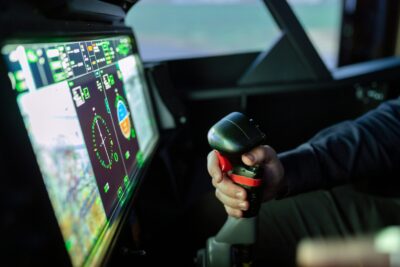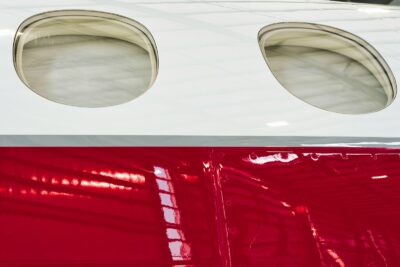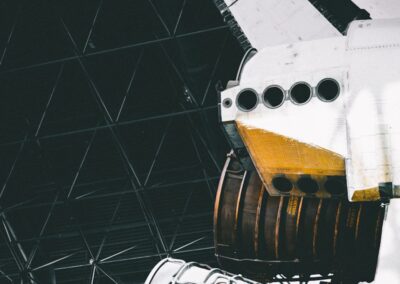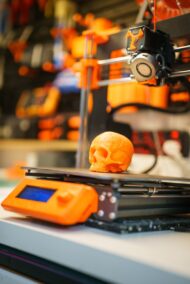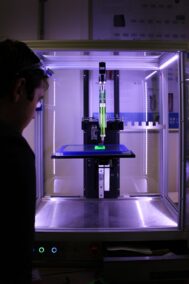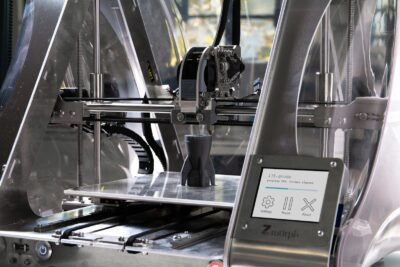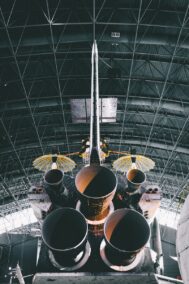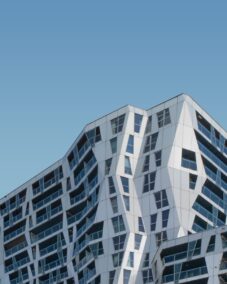Leveraging 3D Printing for Lightweight and High-Strength Aerospace Components
The Impact of 3D Printing on Aerospace Manufacturing
In recent years, Aerospace 3D Printing has emerged as a transformative technology, revolutionizing the way aircraft and spacecraft components are designed and manufactured. The aerospace sector leverages 3D printing to produce lightweight, high-strength components that meet stringent industry standards. This shift is not only enhancing performance and efficiency but also significantly reducing production costs and lead times.
Traditionally, the aerospace industry has relied on conventional manufacturing techniques, which often involve complex processes and substantial material wastage. With 3D printing, also known as additive manufacturing, parts are built layer by layer from a digital model, allowing for more precise and intricate designs that were previously unattainable. This method minimizes material waste, leading to more sustainable production practices.
Moreover, 3D printing enables the creation of components with complex geometries that are impossible to achieve with traditional methods. This capability is particularly beneficial for producing parts that need to withstand extreme conditions while remaining lightweight. As a result, the aerospace industry is experiencing a paradigm shift, with 3D printing at the forefront of this technological evolution, driving innovation and efficiency in aerospace manufacturing.
Lightweight and High-Strength Components: A Game Changer
The ability to produce lightweight and high-strength components is one of the most significant advantages of Aerospace 3D Printing. In aviation, reducing the weight of aircraft components directly translates to improved fuel efficiency and lower operational costs. This is crucial for airlines and aerospace manufacturers striving to meet environmental regulations and reduce their carbon footprint.
3D printing allows for the use of advanced materials such as titanium alloys, which offer an exceptional strength-to-weight ratio. These materials can be precisely engineered to optimize their mechanical properties, ensuring that the components are both strong and lightweight. For instance, the production of turbine blades, fuel nozzles, and structural components has greatly benefited from the integration of 3D printing technology, resulting in enhanced performance and durability.
In addition to weight reduction, 3D printing also facilitates the production of parts with enhanced strength and resilience. Components that need to endure high stress, temperature fluctuations, and corrosion can be manufactured with superior material properties through additive manufacturing. This capability is essential for critical aerospace applications, where reliability and safety are paramount. Consequently, the aerospace sector’s adoption of 3D printing is setting new standards for component performance and reliability.
Advancing Aerospace Innovation in Saudi Arabia and UAE
Both Saudi Arabia and the UAE are at the forefront of adopting advanced technologies, including Aerospace 3D Printing, to enhance their aerospace industries. These countries recognize the strategic importance of developing robust aerospace capabilities to diversify their economies and reduce reliance on oil revenues.
Saudi Arabia has been investing heavily in its Vision 2030 initiative, which aims to position the country as a global leader in various high-tech industries, including aerospace. The integration of 3D printing in aerospace manufacturing aligns perfectly with this vision, enabling the production of innovative and high-performance components that can support the growth of domestic and international aerospace markets. Additionally, partnerships with global aerospace firms and investments in research and development are driving the adoption of 3D printing technologies in Saudi Arabia.
The UAE, particularly Dubai, is also making significant strides in leveraging 3D printing for aerospace applications. Dubai’s ambitious plans to become a hub for advanced manufacturing and technology innovation include substantial investments in 3D printing infrastructure. The Dubai Future Foundation and other initiatives are fostering a collaborative environment where aerospace companies can experiment with and implement cutting-edge 3D printing technologies. These efforts are positioning Dubai as a key player in the global aerospace industry, showcasing its commitment to technological advancement and economic diversification.
The Role of Executive Coaching and Change Management
As aerospace companies in Saudi Arabia and the UAE integrate Aerospace 3D Printing into their operations, effective change management and executive coaching services become critical. Transitioning to new manufacturing technologies requires strategic planning, leadership, and effective communication to ensure smooth implementation and adoption across the organization.
Executive coaching services can help aerospace leaders develop the necessary skills to manage this technological shift. By fostering a culture of innovation and continuous improvement, executives can inspire their teams to embrace 3D printing and explore its full potential. Coaching also supports leaders in navigating the challenges associated with change, such as resistance from employees, training needs, and process reengineering.
Furthermore, effective change management strategies are essential to address the organizational impact of adopting 3D printing technologies. These strategies include comprehensive training programs, clear communication of the benefits and goals of 3D printing, and the establishment of cross-functional teams to oversee the transition. By leveraging executive coaching and change management, aerospace companies in Saudi Arabia and the UAE can maximize the benefits of 3D printing and drive sustained growth and innovation in the sector.
Future Prospects and Conclusion
The future of Aerospace 3D Printing is incredibly promising, with continuous advancements in materials, processes, and applications. As technology evolves, we can expect even greater improvements in the performance and capabilities of 3D-printed aerospace components. Ongoing research and development efforts are focused on enhancing material properties, increasing production speeds, and expanding the range of applications for 3D printing in aerospace.
Additionally, collaborations between academia, industry, and government agencies are crucial in driving the development and adoption of 3D printing technologies. Initiatives that promote knowledge sharing, standardization, and investment in research infrastructure will play a significant role in advancing the field. The aerospace industry in Saudi Arabia and the UAE stands to benefit greatly from these collaborative efforts, positioning these countries as leaders in aerospace innovation.
In conclusion, the integration of 3D printing into aerospace manufacturing is revolutionizing the industry by enabling the production of lightweight, high-strength components. Saudi Arabia and the UAE are at the forefront of this technological transformation, leveraging 3D printing to enhance their aerospace capabilities and drive economic diversification. Through effective executive coaching and change management, aerospace companies in these regions can successfully navigate the transition to 3D printing and unlock its full potential. The future of aerospace manufacturing is undoubtedly intertwined with the continued advancement and adoption of 3D printing technologies.
#Aerospace3DPrinting #AdvancedManufacturing #AerospaceTechnology #LightweightComponents #HighStrengthComponents #SaudiArabia #UAE #Dubai #Riyadh #Innovation #ExecutiveCoaching #ChangeManagement

